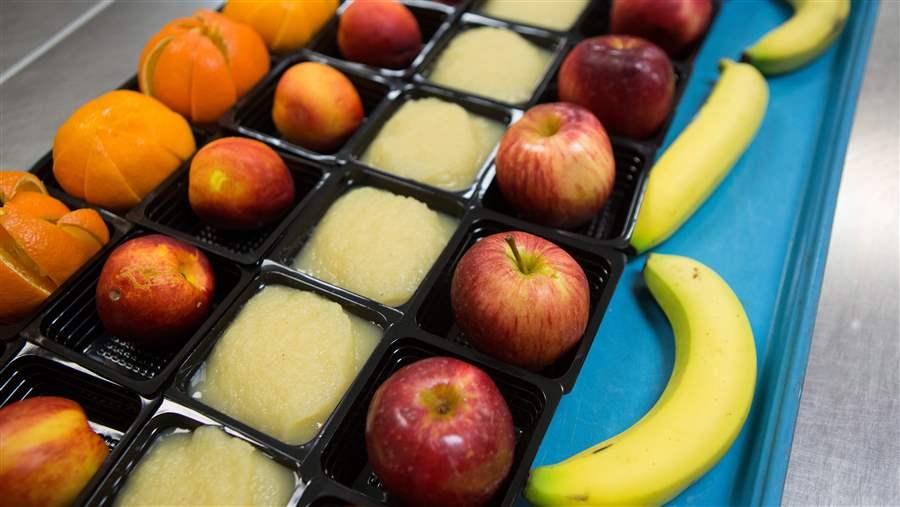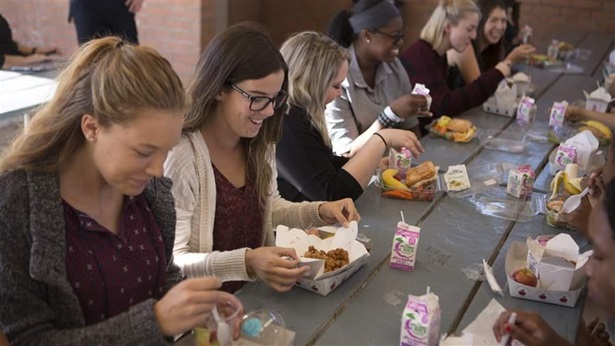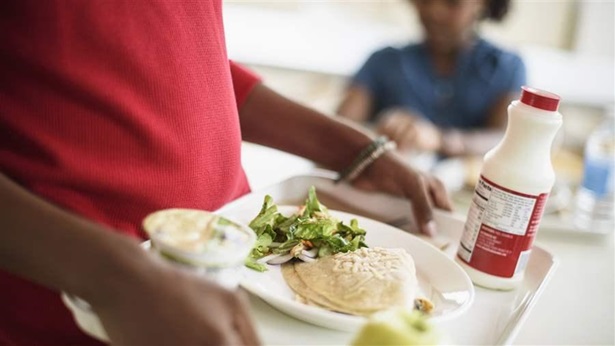As National Nutrition Month Begins, School Breakfast Shares the Spotlight
50-year-old program now serves more than 14 million children

Nutritious, tasty food such as fresh fruit is available to millions of students across the country through the School Breakfast Program.
© The Pew Charitable Trusts
March is National Nutrition Month, a fun opportunity to celebrate healthy eating. Thanks to the creativity and effort of school nutrition professionals, millions of students across the country have the opportunity to enjoy nutritious, tasty foods and beverages every day. March 6 also marks the first day of National School Breakfast Week, an excellent reminder that school food is more than lunch and snacks.
In honor of this special time, here are five things you might not know about school breakfast.
1. The School Breakfast Program is more than 50 years old. The program began in 1966 as a two-year pilot program for 80,000 children. Nationally, school breakfast participation has steadily increased since 1970, now serving more than 14 million children.
2. The vast majority of schools offer both breakfast and lunch. More than 9 in 10 schools that offer the National School Lunch Program also offer the School Breakfast Program.
3. School breakfast can help kids achieve a healthy weight. A recent study showed that middle school students who eat breakfast at school are less likely to be overweight or obese, even if they have also eaten breakfast at home.
4. School breakfast may provide academic and behavioral benefits. Research has shown that students who eat breakfast show improved attendance, behavior, and academic performance and decreased tardiness.
5. Offering breakfast outside the cafeteria can increase the number of kids who eat it. More than 9 in 10 school food service directors who expanded breakfast service to locations outside the cafeteria, such as classrooms, or increased “grab and go” options reported that more students took advantage of school meals.
Stephanie Scarmo leads The Pew Charitable Trusts’ research on school nutrition programs and policies.


America’s Overdose Crisis
Sign up for our five-email course explaining the overdose crisis in America, the state of treatment access, and ways to improve care
Sign up

How Schools Are Getting Kids to Eat Healthy Foods
New report reveals strategies for successful meal programs


School Meal Programs Innovate to Improve Student Nutrition
Survey explores progress, challenges three years ...
Learn More








